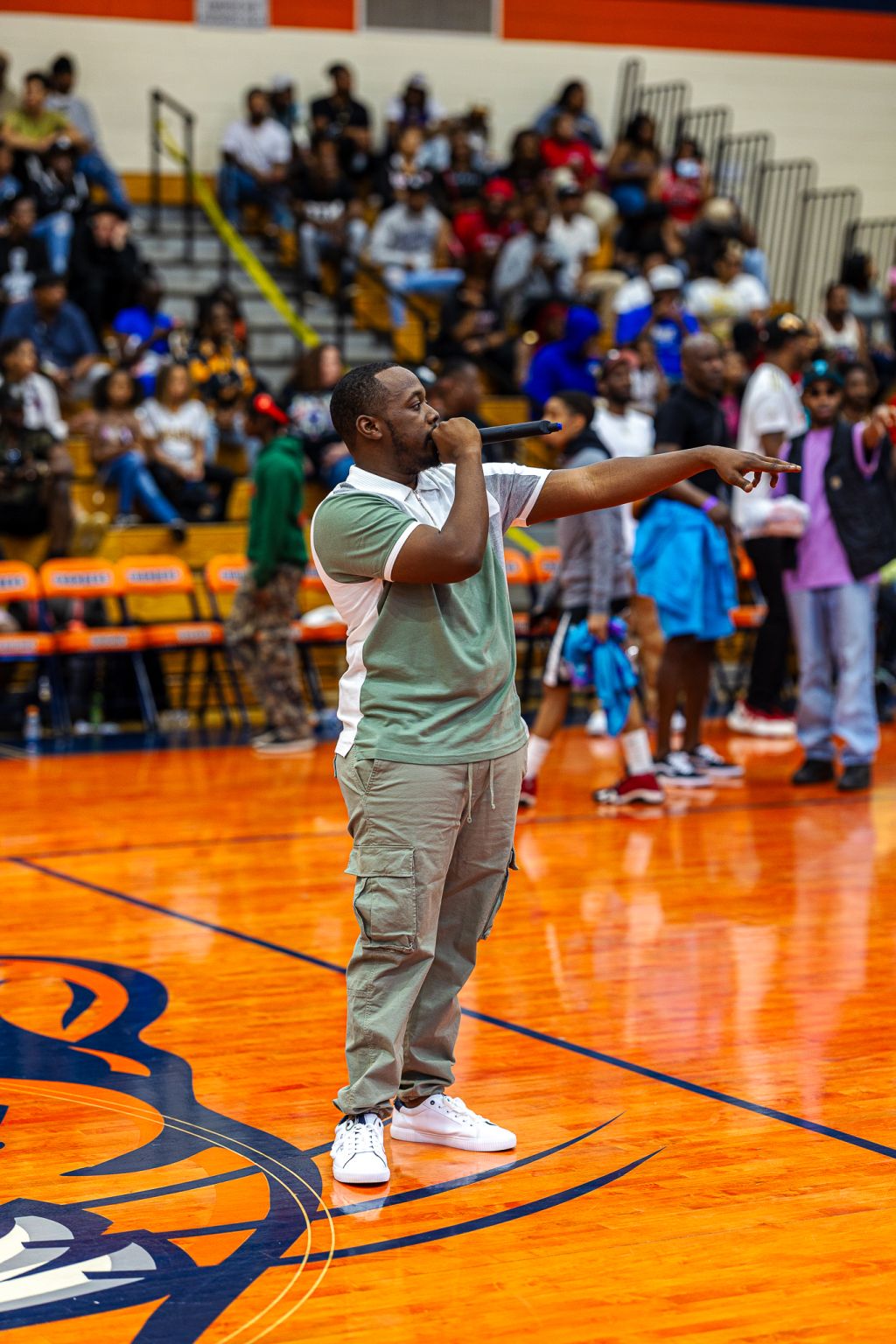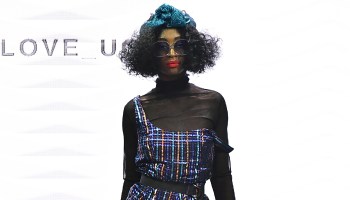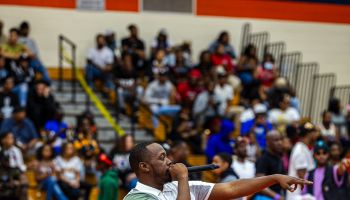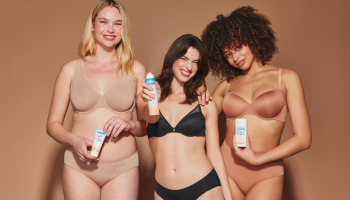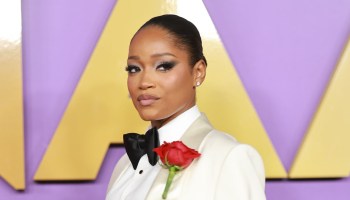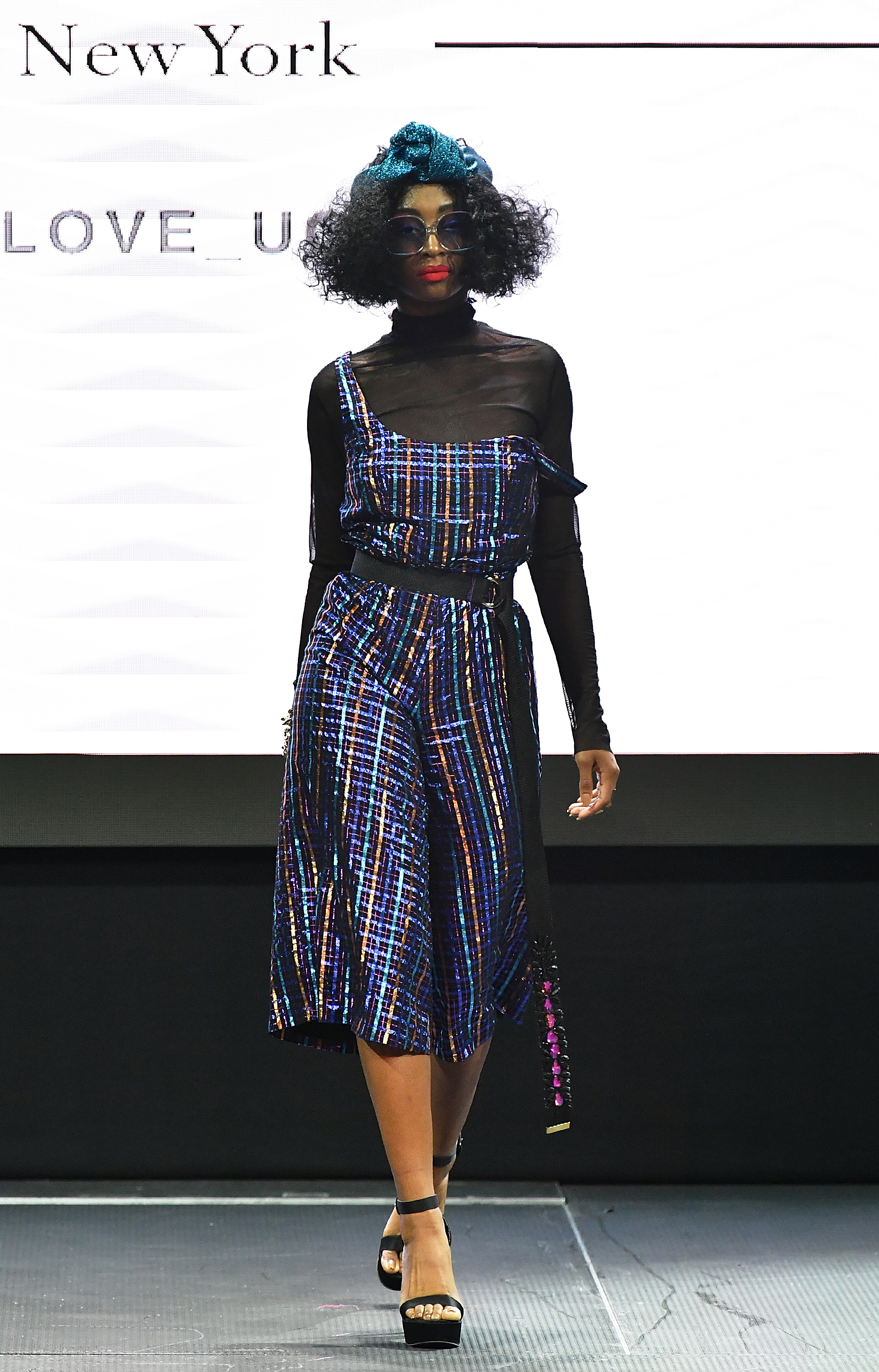
Source: Slaven Vlasic / (Photo by Slaven Vlasic/Getty Images)
Name: Myori Granger
IG: @panasexiii
Agency: Self Represented
Claim to Fame: Granger has graced the runway for Harlem’s Fashion Row and appeared in editorials for Vogue and campaigns for brands including Mented cosmetics, Cee Cee’s Closet, and Peter Thomas Roth.
Myori Granger’s modeling career started out on the road. Her parents enrolled her in programs and shepherded her to events. “When we lived in Jersey, I would do, you know, little fashion shows here and there,” she said. Her mother served as her manager. When they moved to rural Pennsylvania they continued to support her, eventually enrolling her in the Barbizon Modeling School. “Every weekend for a month and a half, my dad would drive from Pennsylvania to Ohio,” she said. “I’m so grateful for my dad.” The trip took a full six hours. “He would do that every weekend!”
Eventually the drain on the family finances lead to her parents deciding she should take a break from pursuing a role in the industry. “We were kind of forced to slow down, cause my mom and my dad didn’t want to keep putting out so much money.” Year later her mother presented her to agencies but the rigid requirements for body size limited Granger’s options. “I was skinny enough, but I wasn’t tall enough. And they said, when she grows an inch more, give us a call and I did, I grew, but then I gained weight. “So back then they were really strict on weight. I know that now the fashion industry has changed completely because at the time when I started, It was such a huge deal.”
“You needed to be a size one, at least 5’8, 5’9,” she added. Granger chose to pursue her other passion-design. She quickly became disillusioned with the lack of originality she perceived in the industry. “I realized that they were copying patterns. And when I asked them, one of the designers said to me, yeah, welcome to the world of fashion.” She described the experience as “heartbreaking,” but it connected her to “peers,” in her grad school circle who presented her with access to its inner workings, and information on jobs she could work behind the scenes. Someone she encountered in the music industry introduced her to a number of contacts. “She was the one that started bringing me to fashion week. And she took me to all these amazing shows,” she said. “ I started to really understand the connection between music and fashion and how it really goes hand in hand.”
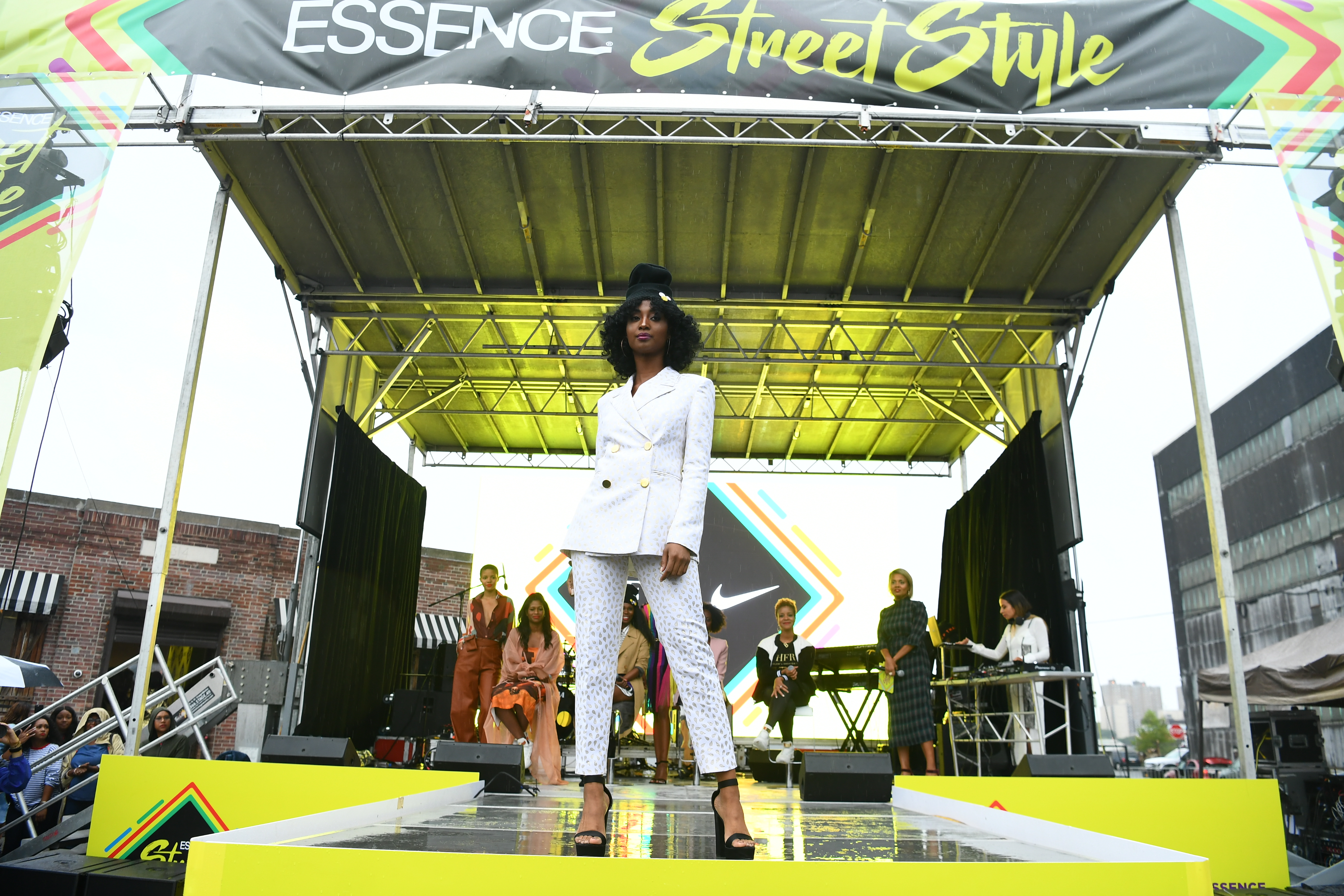
Source: Dave Kotinsky / (Photo by Slaven Vlasic/Getty Images)
Granger began exchanging her modeling labor for the images required to build her professional portfolio, a common practice known as PFP (photos for payment), or TFP (time for photographs).”I was doing free shoots for a while just trying to build a portfolio,” she said. Most of the shoots were straight forward but others placed her in uncomfortable situations with photographers. “I’ve had photographers that have always tried to flirt with me or meet up with me or expect something in return,” she said. “I stopped doing a lot of modeling gigs because of the sexual harassment towards women and especially Black women.” Granger described a climate where it was harder for Black models to extract themselves from these scenarios.
“We have to do a lot more to be, to get just the bare minimum to be recognized, to be liked, to be wanted,” she said. “When you don’t give them that, then it’s just kinda like you’re tossed to the side. You know, you’re looked down on, they, they, they talk bad about you because you’re not giving them the reaction and that attention that they would have wanted from you, because you should be grateful for the opportunity they’re giving you, because if it wasn’t for them, you wouldn’t have it.
It was during one of these sessions that a photographer encouraged her to continue creating her own opportunities. He paid her $300 for her time even though she didn’t require it. “I just don’t feel credible as a model because I wasn’t signed. And he stopped me right there. And he said, you should never do anything for free. They’ve obviously reached out to you because you have something that they want, they want your time. Therefore they have to pay for it. It doesn’t matter whether or not you believe in yourself, they clearly see something in you and they had to pay you for it. You shouldn’t sell yourself short.” It was a co-worker who suggested she focus her energy on print and commercial. “It was hard for me to accept the fact that, yes, I’m not that tall for a runway, even though that’s something I’ve always loved doing,” she continued.
She shied away from music videos or grass roots work due to stigmas present at the time. “You can do the wrong job and that’ll bite you later,” she forewarned. She used what she learned to represent herself and ended up booking huge editorials, and beauty campaigns without an agent. “I’m not signed and everyone thinks that I’m sorry. They thought I was signed for all these years. And I’ve landed all these amazing gigs just based off of my connections with people,” she said. “I had a clear goal.”
Currently Granger is in search of an opportunity to extract what she sees as “more,” from her modeling experiences in her new hometown of Los Angeles. She is working on developing a hair care line where part of its proceeds will be earmarked for philanthropic initiatives that assist unhoused persons.
“That’s pretty much my main goal in life, in everything that I do, I want to help.”
DON’T MISS:
MODEL MONDAY: Lex Warnick Shaved Her Head Then Won The Bailey Agency’s Instagram Model Search
NYFWNOIR: Model Myori Granger Discusses The Importance Of Black Hairstylists At NYFW
MODEL MONDAY: Alyssa Ackerman Fled Chicago In Secret To Become A Signed Model
Model Monday: Myori Granger Knows All Money Isn’t Good Money was originally published on hellobeautiful.com
